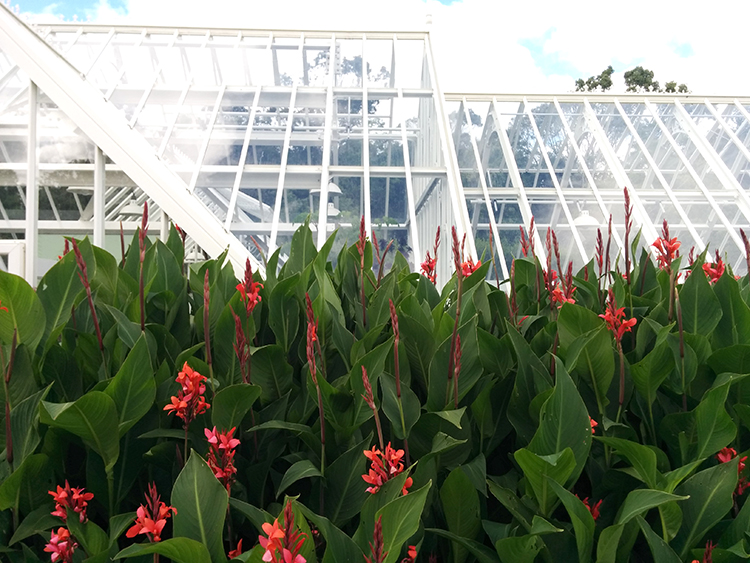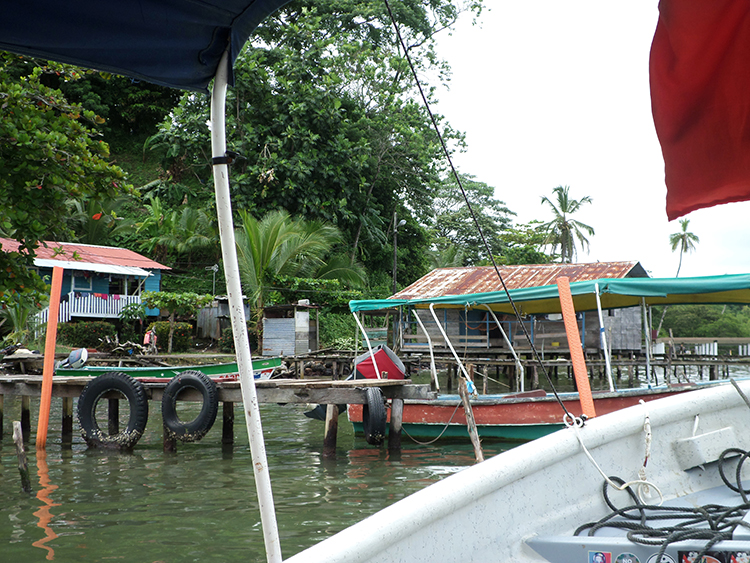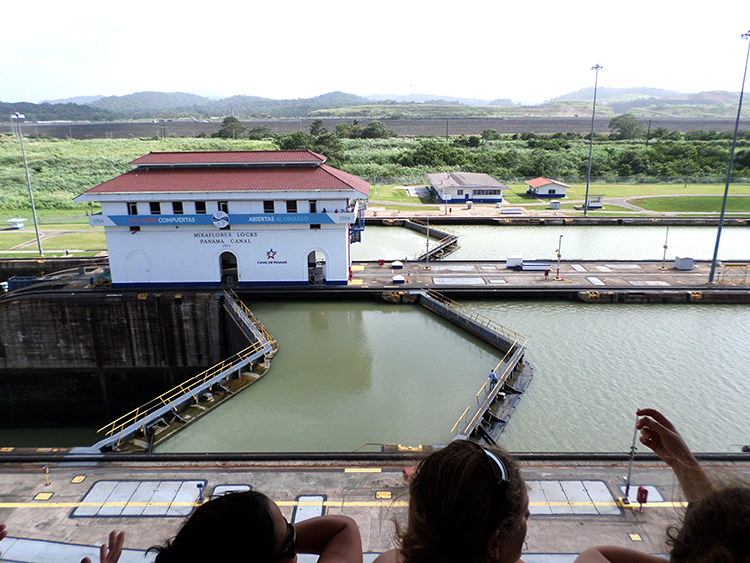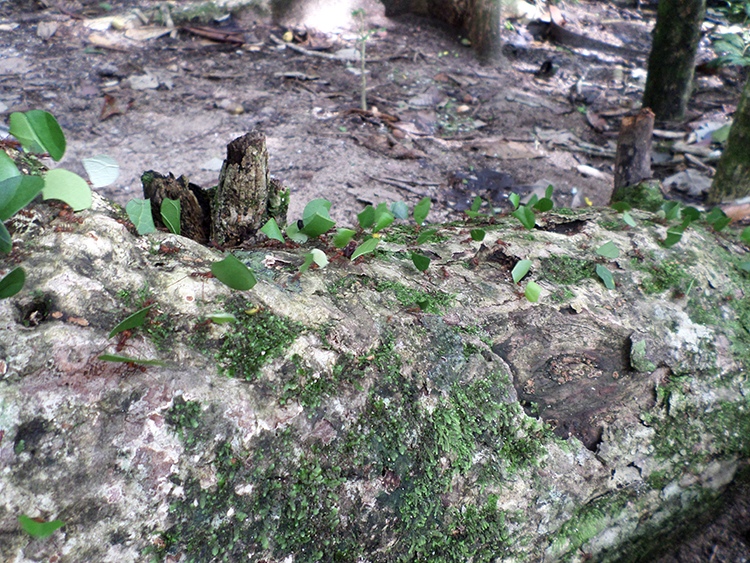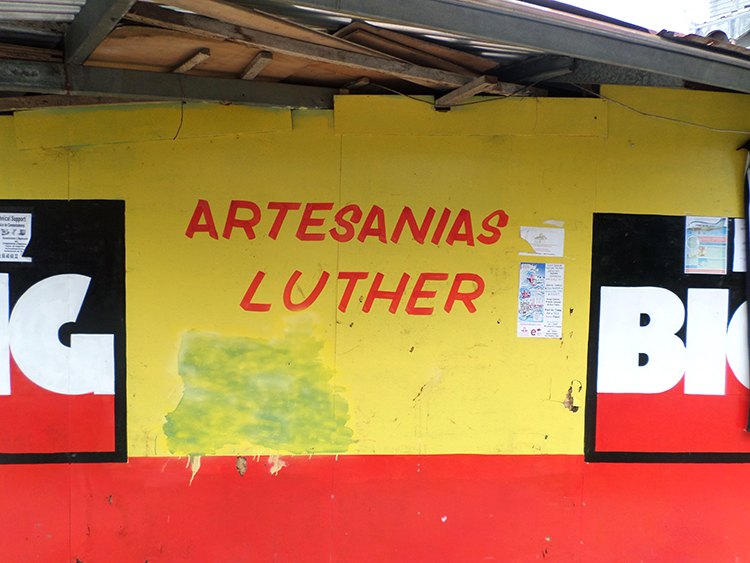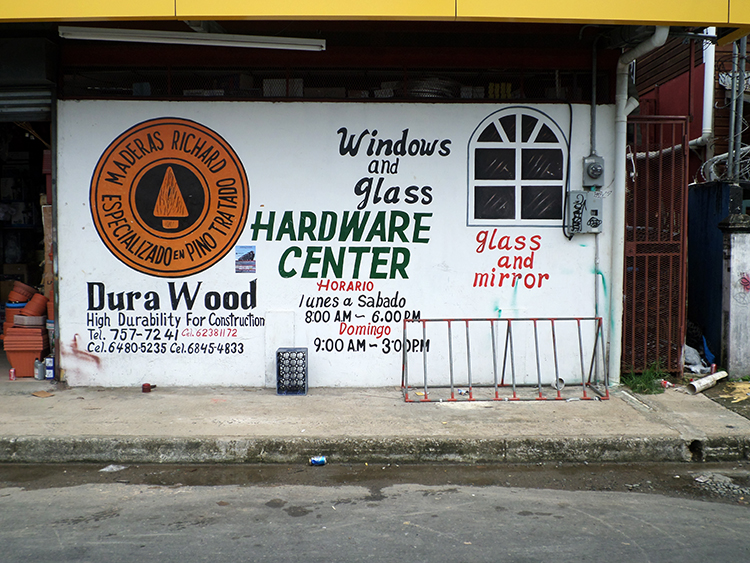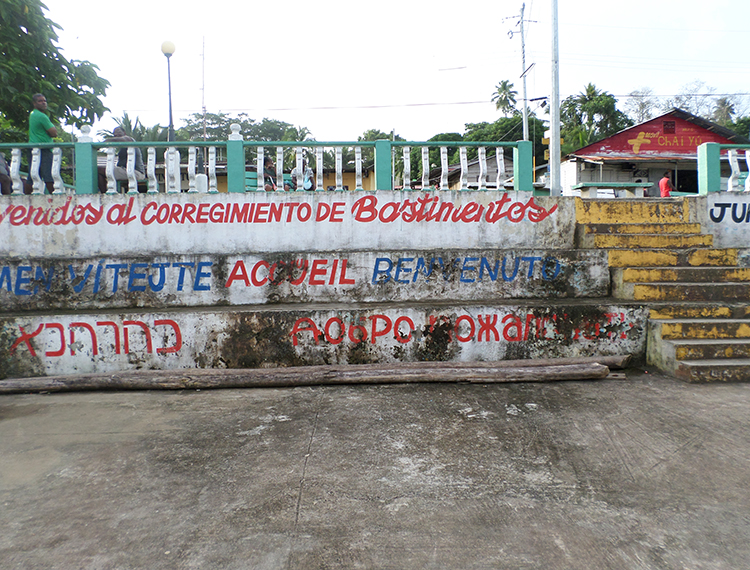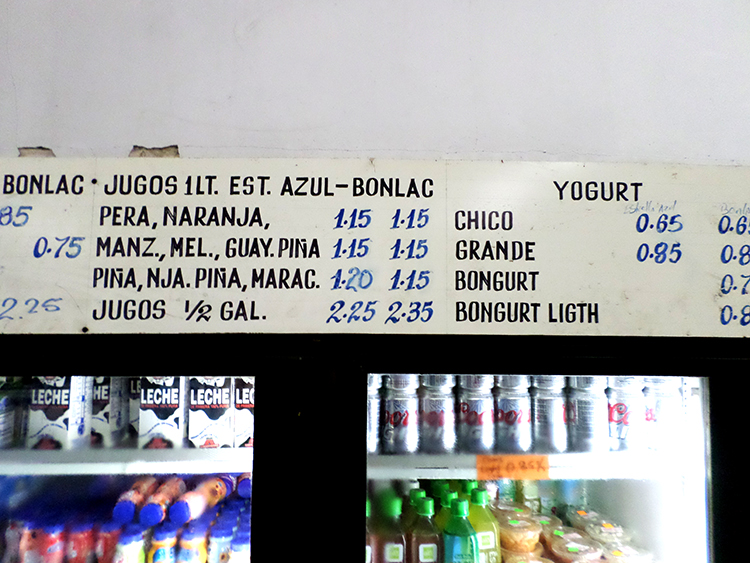Experimenting with pewter casting on the beach in Rockcliffe, Scotland whilst on holiday. More than a nod here to Max Lamb.
Scotland 2015 —
The Language of Things —
I’ve just finished Dejan Sudjic’s excellent book The Language of Things; Design, Luxury, Fashion, Art. How We Are Seduced by the Objects Around Us. I’ve drawn up the extracts I want to remember, this is mostly within the contexts of design vs art and my perennial fascination with collecting.
It is just possible that we might be on the verge of a wave of revulsion against the phenomenon of manufacturing desire, against the whole avalanche of products that threatens to overwhelm us. However, there is no sign of it yet, despite the outbreak of millenarian anxiety about the doom that faces us if we go on binge-flying. Even the return of the selling of indulgences, a practice abandoned by the medieval church and now resurrected in the form of carbon offset payments, is not stopping us from changing cellphones every six months.
— pg 6
Just a few of these useless objects re-enter the economic cycle as part of the curious ecology of collecting. but collecting is in itself a very special kind of fetish, perhaps one that is best understood as an attempt to roll back the passing of time. It might also be an attempt to defy the threat of mortality. To collect a sequence of objects is, for a moment at least, to have imposed some sense of order on a universe that doesn’t have any.
— pg 21
The aims of the first hoarder/curators of the great cabinets of curiosity were to amass more treasures than could be seen by one man in a lifetime of travel, thus collecting objects is directly equitable to the collecting of time. Most people would say to a lesser or greater extent that their objects are a good representation of them, that maybe they are defined by them in some way. It stands to reason then, that these objects that are imbued with the owners personality, continue on after the owners death, and should keep the collector alive in some small way.
Somewhere between these two versions design is the idea that design is a public service. It’s notable that the in Britain one of the first industrial-design practices that emerged in the 1940s called itself the Design Research Unit, a name calculated to suggest that it was a branch of the Welfare State more than any kind of commercial activity, even though it was actually started as the subsidiary of an advertising agency.
— pg 26
Some one once said that design is a social discipline, (requiring conversation, discussion and collaboration) if only because it has social consequences. I can’t remember who and google won’t tell me – any help greatly appreciated!
The machine works away diligently and fills our bookcases with ill-printed volumes, its criterion is cheapness. Yet every cultured individual should feel ashamed of such material abundance. For on the one hand, ease of production leads to a diminished sense of responsibility, while on the other abundance leads to perfunctoriness. How many books do we genuinely make our own? And should one not possess these in the best paper, bound in splendid leather? Have we perhaps forgotten that the love with which the book has been printed, decorated and bound creates a completely different relationship between it and us, and that intercourse with beautiful things makes us more beautiful?
— Josef Hoffman, The Manifesto of the Wiener Werkstätte, 1905
— pg 116
Sudjic sees it as a Hoffman justifying luxury. It seems more interesting to me in the kindle vs book (non) debate, and beyond that, as an easy first example of ‘the medium is the message’. I’m also fascinated by what we choose to have in our homes, and choose to elevate as ‘special’, (multiple versions, collectors sets, or luxury materials), and how we give chunks of ourselves to objects and things in the hope that they might extend our personalities or somehow make them more tangible and accessible to others.
It is a curious paradox that even the most materialist of us tend to value what might be called the useless above the useful. Useless not in the sense of being without purpose, but without utility, or at least with not much of it.
— pg 167
[On MOMAs treatment of design in an art gallery]
The price for a Swedish-designed – though carefully selected US-made – version of a chromium-plated self-aligning steel ball bearing to be placed in the same context as Fernand Léger’s painting of a ball bearing was to caption it exactly as if it were a painting. There was nothing more than a blank announcement of date, media and name to distract the visitors from their reverential contemplation of these sacred relics. Nothing about what this undeniably beautiful object was for, or how it was made, could be included.
— pg 172
I can share this frustration, whilst admirably trying to put design and art on the same platform the curators have wrongly treated the design as art. Not only does this impose an implicit hierarchy between the two subjects it also strips the design of everything that makes it design: it’s context and process of creation. Like an embarrassed child the labelling denies the ball bearing’s heritage. As Sudjic goes on to say ‘For design, context and process are essential’.
Dejan Sudjic, The Language of Things (London: Penguin, 2009)
Honeymoon – General —
Honeymoon – Jungle —
Honeymoon – Type —
Feral: Shifting Baseline Syndrome & Trophic Cascades —
After writing this post I found a Ted video of Monbiot explaining what I wanted to in a much better way. So you could watch that instead.
I’ve just finished reading Feral by George Monbiot. It’s an articulate, intoxicating and inspirational read even if points are, at times, a little simplistically or evangelically argued. He advocates for rewilding as a method of more holistic conservation than simply maintaining what already exists. He argues passionately for how this could create a more imaginative, thrilling, economically and ecologically advantageous environment.
There were two particular ideas which I’d not come across before that seemed so logical and exciting that I wanted to write them here to remember:
The first is Shifting Baseline Syndrome. This is what happens when conservationists (or policy makers or whoever), seek to effect a change to put something back to the way it was, believing that this ‘before state’, is not just an acceptable scenario, but that it’s the best it could be. Monbiot uses fishing as an example of how people’s reference points move. Current fish stocks are being measured against their 1970s population, this however, is already a substantially reduced position and doesn’t provide a good reference point for the best case scenario, (which for fish populations was sometime before modern commercial fishing technology got involved).
The second is the idea of Trophic Cascade. When deer graze they eat and kill lots of saplings and would-be trees that don’t get a chance to grow. You end up with treeless grasslands, or similar monocultures that don’t provide the kinds of habitats that encourage a diverse flora and fauna. This is not good as trees are brilliant for everything it seems – from creating better soil conditions, to providing dead wood habitats for thousands of creatures, and helping to prevent flooding by helping with soil erosion and rain run-off. This situation has arisen over decades of human influence that’s squeezed out top of the food chain predators. What happens when you reintroduce these predators (think wolves, lynx etc.) is that the browsing animals begin to get eaten and so are reduced in number, limiting their effect. But the more interesting thing is that it alters their behaviour and how they eat. Rather than being allowed free reign the deer are more cautious, and so don’t hang around the river where they are in the open and are easy prey. This allows plants that would have previously been eaten to grow up around the river, leaves fall into it, which increases the ecology of the river and also provides shade. All these factors encourage shrimpy creatures and subsequently the eels etc. that prey on them. So everything is connected and can be altered by relatively smallish tweeks at the top of the ecological cascade.
This reintroduction of predators is currently being played out in Wales where they’re looking for people to let Lynx on their land.
And if that’s not far enough the Long Now project: Revive and Restore is looking to take extinct species (so completely gone, dead and not here anymore), and using Jurassic Park style technology genetically modify and selectively breed back a range of animals. Their key specimen being a Woolly Mammoth! Brilliant talk by Stewart Brand about this here.














